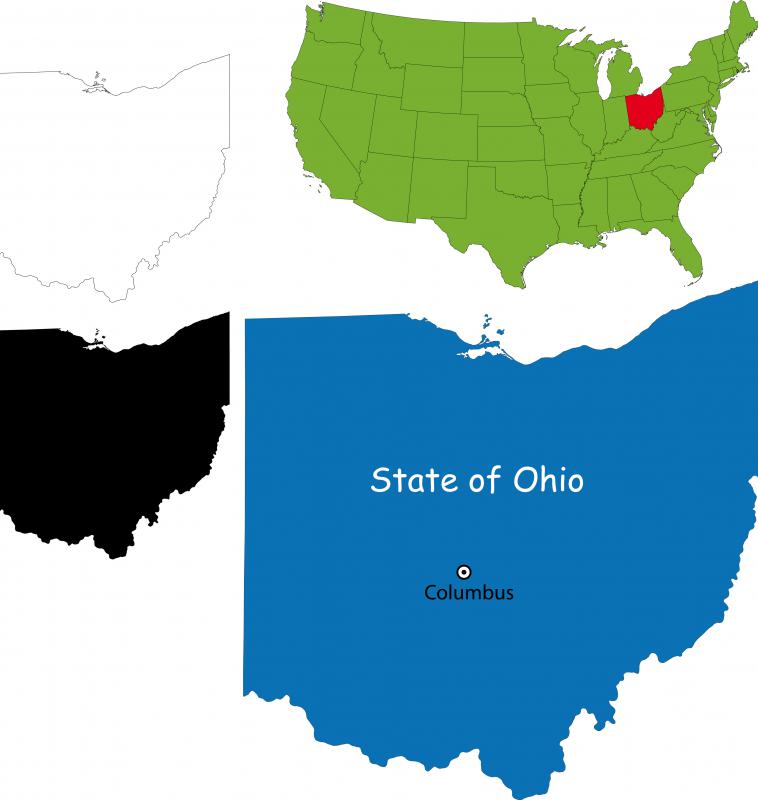At WiseGEEK, we're committed to delivering accurate, trustworthy information. Our expert-authored content is rigorously fact-checked and sourced from credible authorities. Discover how we uphold the highest standards in providing you with reliable knowledge.
What is the Sioux Nation?
The Sioux Nation is the collective name for the three groups of Sioux Native American peoples: the Lakota, Nakota, and Dakota. Each group lives on its own reservation in the United States and utilizes its own language. The various Sioux reservations are considered sovereign nations, and the tribes have their own systems of government. The three subdivisions that comprise the Sioux Nation include seven tribes and 14 individual bands, including the Oglala, the Hunkpapa, and the Brulé.
The Lakota originally lived around the Great Lakes of the United States. When Europeans began settling this land, the Lakota moved further west, eventually establishing themselves in Minnesota, South Dakota, North Dakota, Nebraska, and Wyoming. Lakota Indians were instrumental in the 1876 "Battle of Little Bighorn" and were victims of a large-scale slaughter at the "Wounded Knee Massacre" in 1891. The Lakota language is still spoken by some 20,000 members of the Sioux Nation, who today primarily live in North and South Dakota. The word Lakota, appropriately enough, means "prairie dwellers."

The Nakota Native American tribes once thrived in the areas of northern Minnesota, situated along the Mississippi River. Like the Lakota, the Nakota were forced westward as white settlers occupied their land, and the tribes relocated to North Dakota, South Dakota, and western parts of Iowa and Minnesota. Also known as the Yankton, the Nakota tribes battled the Lakota and Dakota for land and resources as all three groups sought to occupy the same regions. Today, the Nakota are the smallest of the three Sioux Nation subdivisions.

Dakota Indians lived in Ohio before moving to Minnesota and Nebraska with the advancement of westward expansion. The Dakota, or Santee, were forest people who survived on farming, fishing, and hunting. They played a pivotal role in the infamous Sioux Uprising of 1862, when a small group of Dakotas attacked a white man, spurning more Dakota attacks on whites throughout Minnesota. They were stopped by the United States Army, and 38 Dakota men were eventually hanged at the largest group execution in US history.
All three subdivisions of the Sioux Nation Native American tribes have ancestors living on reservations throughout the United States today. Among these are the Fort Peck Indian Reservation in Montana, Spirit Lake Reservation in North Dakota, and Pine Ridge Indian Reservation in South Dakota. Sioux reservations are sovereign nations and are commonly run by tribal councils.
The term Sioux was coined by French Canadian explorers in the 17th century. It has since been adopted by the general public, the US government, and the Native American tribes themselves; the word is derived from the American Indian word Nadouessioux.
AS FEATURED ON:
AS FEATURED ON:












Discussion Comments
How did I miss this site for so long?
Post your comments